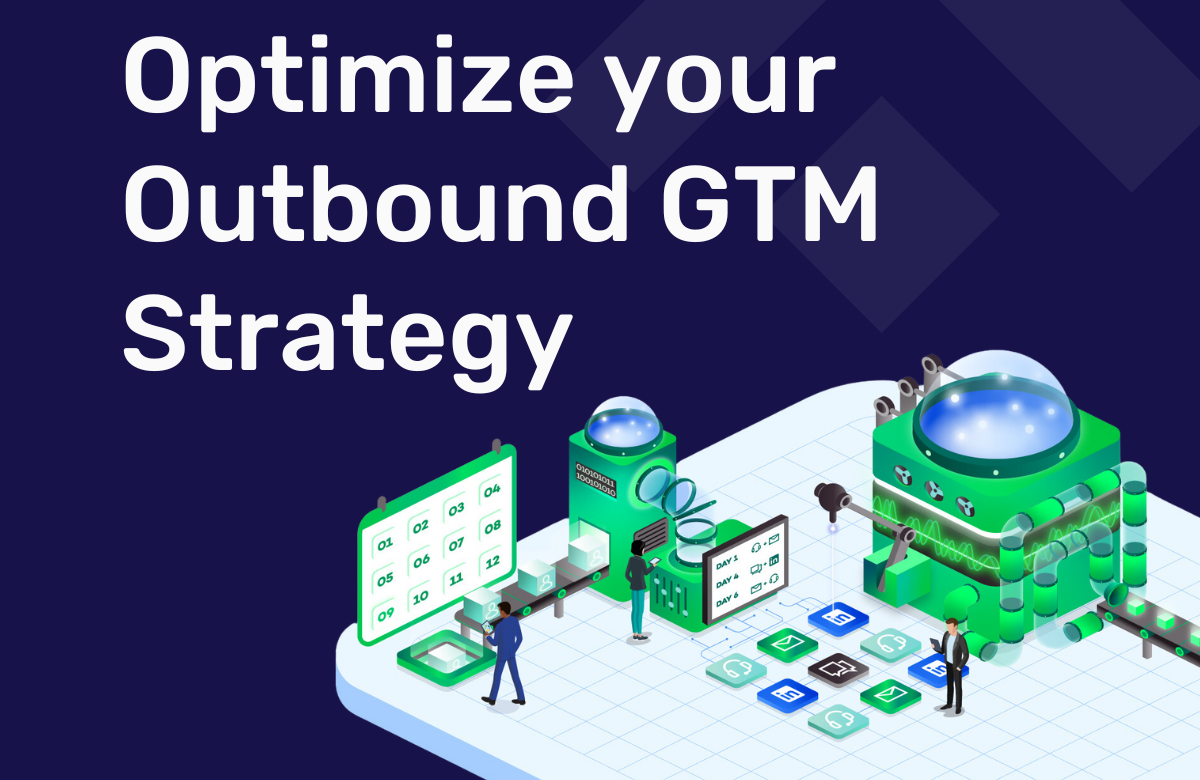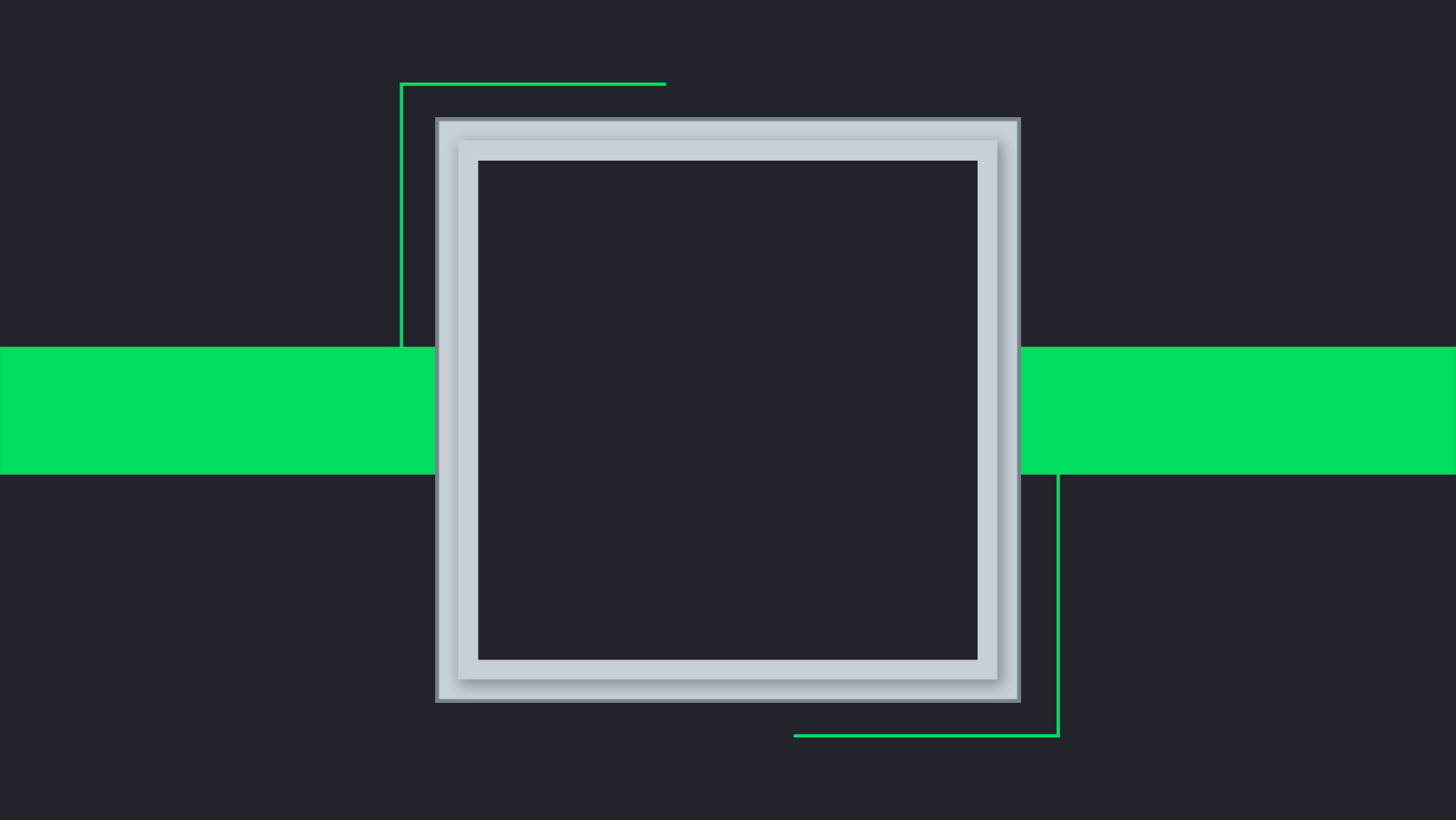When you manage to reach an new business meeting with a prospect through an outbound sales approach, you will often find it’s quite different from an inbound sales appointment (sales appointments where people come to you “on their own”). Still, to generate the right customers you will have to be proactive and set up, execute or outsource outbound sales activities. Once you have managed to generate a business meeting through an outbound sales approach you can roughly divide the people you are dealing with into 2 types:
- Type A: The “Good that you approached me! Have just been working on it” type
- Type B: The “Hm, don’t know about that, but show me what you got” type
In this blog I like to share what to expect from these types, how to deal with them, their differences, and why one type does not necessarily convert better than another.

We’ll start with Type A: The “Good you approached me! Just got around to it” type. Because this is the easiest…or at least we think so, but appearances can be deceiving. This type makes your life easy at first. They have a problem, you think you are at the right time, and during the first meeting it costs you relatively little energy. They start talking on their own accord, you can sit back and ask your questions. Your discussion partner tells you incessantly what he is up against and what is going on internally. Yes, you have to be well prepared, but even if you’re not, you can get away with it. After all, Type A really wants to be helped. So far so good. But then it comes: Type A. also has a few drawbacks. Namely:
- He often has a definite idea of what the problem is (and therefore what doesn’t have to be).
- He has probably already talked to several of his peers or is going to.
So while you can get through the conversation relatively easily in the beginning, afterwards you will have to pay extra close attention to which way your prospect is heading. Your prospect already has an idea and therefore also certain frames of reference, which means that if you are not careful you will end up in a situation where you start comparing apples and oranges where we suddenly make price important instead of the right solution to his or her problem. This means that often with this type of prospect, instead of speeding up the sales process, you have to slow it down. Because otherwise there is a good chance that you will take the wrong turn very quickly with your prospect, and struggle to get back on course.
The second type of business meetings on the other hand, the “Hm, I don’t know, but show me what you got” type: Type B, makes you work for it. Who has no problem, but thought what you communicated was interesting and now you have a shot at a nice first impression. There is a lot of uncertainty in this first meeting: you have to bring your A-game, you have to be well prepared, build good rapport, and you have to have your cases & stories ready. But what you especially need to have at the ready are… your questions! Because Type B also has a problem or a challenge, he thinks he doesn’t, but somewhere in the back of his head he knows he does because otherwise he really wouldn’t have agreed to the meeting. After you have won Type B’s trust and sympathy, you must be able to ask those questions that will make B see that he does have a challenge or problem. In the end, every choice has an advantage and a disadvantage. “We do everything in-house”, “We do everything externally”, “We work with firm partners”, “We don’t work with firm partners” etc. Every choice, every organizational form, every format, strategy, moment, approach, prioritization or whatever has a downside.
Except maybe that one prospect who really has it all set up perfectly, but that’s the only one. The important thing is that you look for the questions that will get your partner moving. That your conversation partner themselves will see that there are indeed some things that can be done better now with a view to tomorrow, next week, next month or beyond. Type B. really makes you work for your money. But Type B. also has some great advantages:
- He does not yet have a definite idea in his mind what the problem is.
- You have “first mover advantage.”
- Chances are you can avoid a competitive battle.
These clients are good at giving you a “unique perspective.” An underlying problem that they had not yet realized but that you are the one to make them realize. If you succeed, you have a prime opportunity to mold the ideas and solutions in your prospect’s head and set out together for a long-term partnership. Some of our clients have gotten this type of prospect in front of them a lot. Meaning at first hand, they had to be on the ball from the beginning and a lot was asked of their sales skills. But on second hand – as a result of their efforts – these prospects who became customers became much more loyal in the long term, bringing higher lifetime value than other clients. In retrospect you’ll be able to say, “that was time, money and energy well spent.”!
With one of our clients Content Animators we see this happen all the time; the initial revenue from a client placing an initial order feels relatively small given the time and effort it took to bring that client in. But time and time againafter that first order, the follow-up orders come.
If you know more about the background of new business meetings and this theory, you also understand that not every appointment should be prepared, executed and followed up the same way. This is where we coach our clients. We guide them through the entire process to get the maximum result from their appointments. So you stay in control of the entire process from the creation of the lead until he is in the final phase of your pipeline. Sometimes we do this through training programs other times in 1 on 1 coaching sessions.
If you also want to go into the new year well prepared we can always give you a call.


